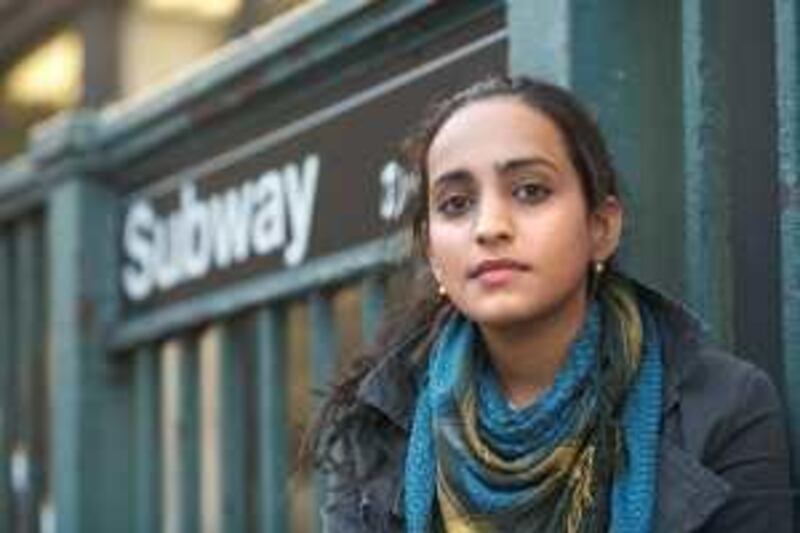On the certain merits of graffiti and its place in the Middle East. Trying to avoid crowds but still get "culturally enlightened", as a buddy of mine puts it, we decided to trek out to Long Island City, Queens, to visit the PS1 Moma. Originally called the PS1 Contemporary Art Center, it is one of the oldest and largest contemporary art institutions in the United States. In 2000, it became an affiliate of Manhattan's Museum of Modern Art - and I think serves as a nice alternative.
While some of PS1's exhibits were pretty interesting and others a bit grotesque, we ended up finding our "arts and culture" fix across the street. We stumbled upon the 5Pointz Aerosol Art Center - an outdoor space where "aerosol artists" come from around the world to paint pieces on the walls of a 200,000 sq ft factory building. Every inch of it was covered in bright, colourful graffiti. We tend to think of graffiti as a modern phenomenon, but virtually as long as there have been walls there has been someone itching to write on them. The Ancient Greeks did it; so did the Romans. Interestingly enough, ancient graffiti could be - as today - a way of conveying a social or political message, or a form of self-expression. These days, the argument still rages between those who think of graffiti as art and those who call it vandalism, which is why tensions run so high when graffitists want to display their work in public places.
In NYC, graffiti will be considered to be art as long as it's in the right context. Certain pieces are even cherished as part of the neighbourhood, such as the memorial near Thompson Square Park in Alphabet City to Joe Strummer, the lead singer of The Clash, or the "I Still Love You" scrawled all around downtown three summers ago that had us all wondering who the mysterious lover was. This acceptance is the result of a long struggle between artists and city officials that was probably most pronounced during the rise of hip-hop culture. The official war on graffiti still goes on, but people have learnt to appreciate it.
Generally, I find graffiti to be an eyesore, but every once in a while some of it, such as the recurring pavement chalk art I see around Columbia University's campus, will catch my eye. When something is done with a purpose, if I can see that there was some thought put into it, I can appreciate it. But when it seems that the only goal was to scrawl a name on a wall, then what's the point? There is more and more graffiti in the Middle East, most notably in Iran - where politically charged cartoons and commentaries appear anonymously on walls - and on the "Apartheid wall" in the West Bank, which with its messages and cartoons is reminiscent of the Berlin Wall. And the last time I was in Abu Dhabi I noticed how many residential areas now have tags in both Arabic and English sprayed across walls.
Although it doesn't seem as if there is going to be the same explosion of graffiti in the Emirates that there was in New York in the Seventies, it would be interesting to have a space such as 5Pointz in Abu Dhabi, where artists could go to express themselves and those who appreciate their work could go to. In a way, putting graffiti in galleries is counterintuitive: the point is that it is supposed to be out in the open. But it would be a way of allowing people to see the artistic merit that can exist in something that is normally dismissed as vandalism.





